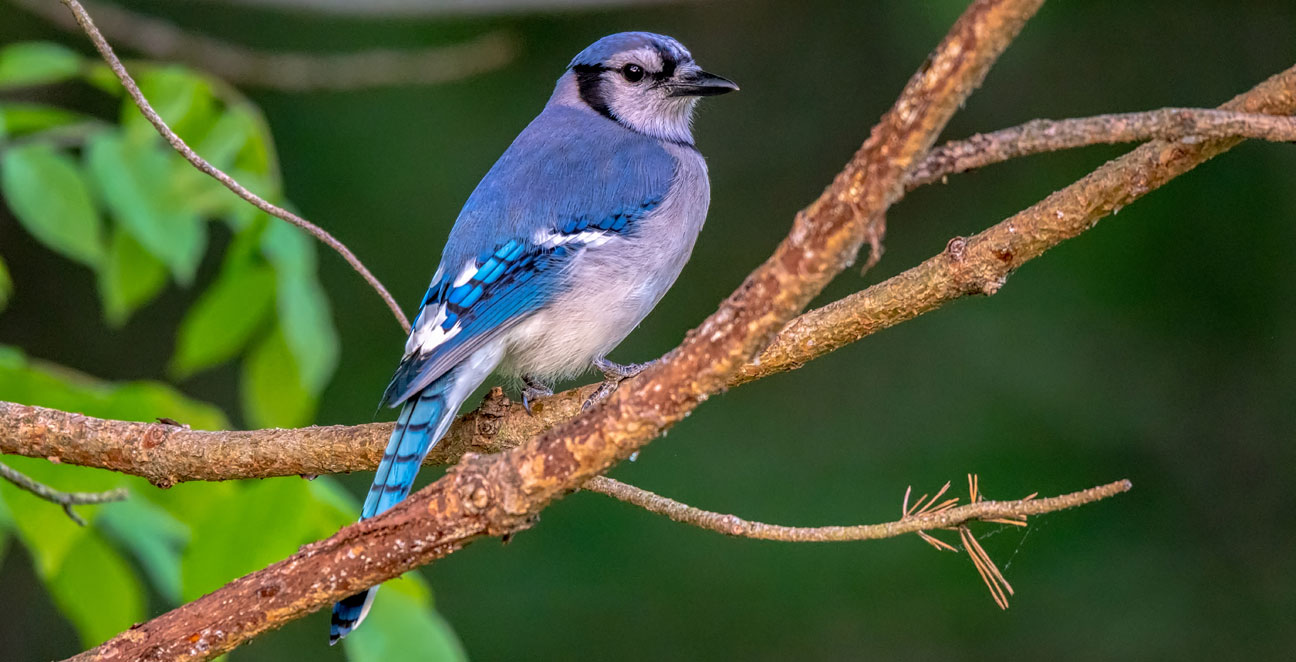
Swainson's Thrush
Scientific Name:
Catharus ustulatus
Length:
6.3-7.5 in (16-19 cm)
Weight:
0.8-1.6 oz (23-45 g)
Wingspan:
11.4-12.2 in (29-31 cm)
Nest:
The nest is a bulky open cup of twigs, bark strips, moss, grass, leaves, sometimes with some mud added. Lined with bark fibers, lichens, animal hair, other soft materials.
Eggs:
3-4, rarely 5. Pale blue, with brown spots sometimes concentrated at larger end; sometimes almost unmarked. Incubation is by female, about 12-14 days.
Feeding Behavior:
They forage on the forest floor, also in trees and mainly eat insects, fruits and berries. In North America, they feed on a variety of insects including beetles, ants, caterpillars, crickets, wasps, flies, moths, and others, also spiders and other invertebrates.
Young:
Both parents feed the nestlings. Young leave the nest about 10-13 days after hatching.
Range:
These birds migrate to southern Mexico and as far south as Argentina. The coastal subspecies migrate down the Pacific coast of North America and winter from Mexico to Costa Rica, whereas the continental birds migrate eastwards within North America and then travel southwards via Florida to winter from Panama to Bolivia.
Brief Description:
This thrush has the white-dark-white underwing pattern characteristic of Catharus thrushes. Adults are brown on the upperparts. The underparts are white with brown on the flanks; the breast is lighter brown with darker spots. They have pink legs and a light brown eye ring. Birds in the east are more olive-brown on the upperparts; western birds are more reddish brown.